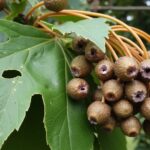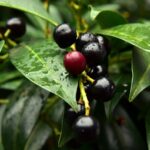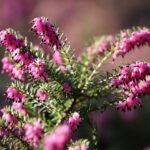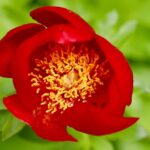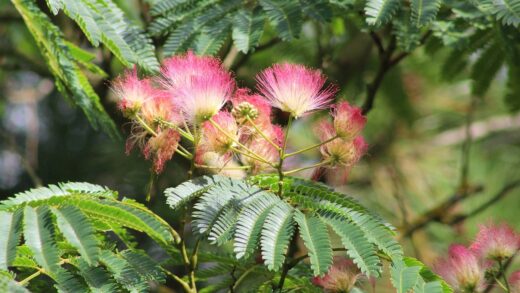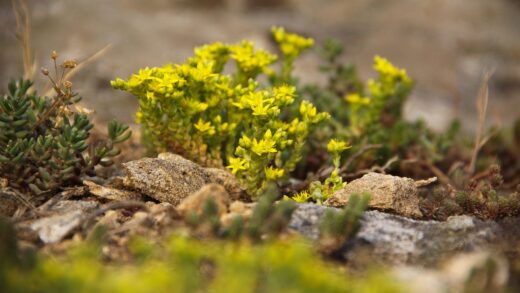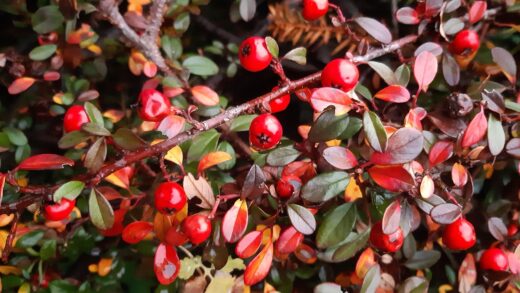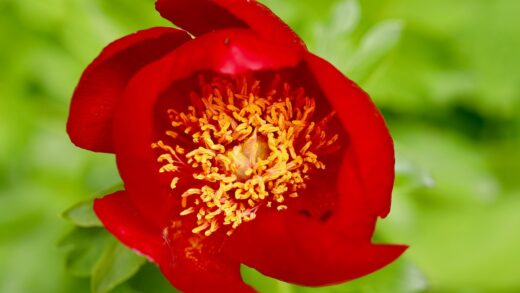The pruning and cutting back requirements for Arum maculatum are minimal, reflecting its nature as a low-maintenance woodland perennial that largely manages its own life cycle without the need for human intervention. Unlike many cultivated garden plants that require regular trimming, shaping, or deadheading to promote flowering and maintain a tidy appearance, the cuckoo-pint follows a natural rhythm of growth and decay that is best left undisturbed. Understanding when and why to intervene—and, more importantly, when not to—is key to caring for this plant in a way that respects its natural habits and ensures its continued health.
The primary reason for any cutting back on this plant is purely for aesthetic purposes or garden hygiene, rather than for the horticultural benefit of the plant itself. The main event in the plant’s life cycle that involves the die-back of foliage is a natural process of summer dormancy. After flowering in the spring, the large, arrow-shaped leaves will begin to yellow and wither. It is crucial to allow this process to happen naturally and not to be tempted to cut the leaves back while they are still green. The plant is actively reabsorbing nutrients and energy from the dying leaves to store in its underground tuber for the next year’s growth.
Once the leaves have completely turned yellow or brown and have fully withered, they can be removed if desired. This can help to tidy up the appearance of the garden bed and may help to prevent the spread of any potential fungal spores that might be present on the dead foliage. However, it is also perfectly acceptable to leave the dead leaves in place to decompose naturally, which will add a small amount of organic matter to the soil, mimicking the natural processes of the forest floor.
The only other part of the plant that might be considered for removal is the flower stalk after the spathe has faded, or the berry stalk after the berries have shriveled. Again, this is not a necessary task. Removing the flower stalk will not encourage reblooming, as the plant only produces one inflorescence per season. Leaving the berry stalk in place provides significant ornamental value with its vibrant red color and may also serve as a food source for birds, which can help in the natural dispersal of the plant’s seeds.
Managing foliage during dormancy
The most significant “pruning” decision a gardener will face with Arum maculatum relates to managing its foliage as it enters summer dormancy. This is a critical phase in the plant’s annual cycle, and incorrect handling of the foliage at this time can negatively impact the plant’s health and its performance in subsequent years. The process of leaf senescence, or the natural aging and dying of the leaves, is not a sign of distress but a vital biological function.
As the leaves begin to turn yellow and droop, typically in early to mid-summer, they are actively translocating valuable sugars and nutrients from the leaf tissue down into the underground tuber. This process is essential for building up the energy reserves that will fuel the plant’s survival through the dormant period and power its initial burst of growth the following spring. Cutting the leaves off prematurely, while they are still partially green, will interrupt this vital process and effectively starve the tuber of a significant portion of its stored energy.
Therefore, the cardinal rule is to wait until the leaves have completely withered and are yellow or brown and dry. At this point, all the useful nutrients have been reabsorbed by the tuber, and the remaining leaf material is no longer serving a purpose for the plant. Once the leaves are fully dead, they can be gently pulled away from the base of the plant or cut off at ground level with a pair of clean secateurs. This is purely a matter of garden tidiness.
Alternatively, in a naturalistic or woodland garden setting, there is no harm in simply leaving the dead foliage in place. It will eventually break down and decompose, contributing to the layer of humus on the soil surface. This approach has the benefit of being the lowest-maintenance option and it closely replicates the natural cycle of growth and decay that occurs in the plant’s native habitat. The choice to remove the dead leaves or leave them is ultimately an aesthetic one.
Deadheading and berry stalk removal
The concept of deadheading, which is the removal of spent flowers to encourage further blooming, does not apply to Arum maculatum in the traditional sense. This plant produces a single, unique inflorescence consisting of the spathe and spadix each spring. Once this structure has fulfilled its purpose of attracting pollinators, it will fade and wither. Removing it will not stimulate the production of a second flower. The plant’s energy for the season is focused on developing the fertilized flowers into a cluster of berries and storing resources in its tuber.
Some gardeners may choose to remove the faded flower stalk for aesthetic reasons, as the wilting spathe can look untidy. If you choose to do this, you can cut the stalk back to its base. However, it is important to understand that by doing so, you will be sacrificing the development of the highly ornamental stalk of berries that follows. For many, the cluster of bright red berries that appears in late summer and persists into autumn is one of the plant’s most attractive features.
If you allow the berries to develop, the question then becomes when, or if, to remove the berry stalk. The berries provide a wonderful splash of color in the shade garden at a time when many other plants are fading. They are also a food source for some species of birds, which are immune to their toxicity. If left on the plant, the berries will eventually shrivel, fall, or be eaten. The stalk itself will then wither and can be cut back at any time during the autumn or winter.
There is no horticultural imperative to remove the berry stalk. Leaving it in place allows for the possibility of natural seed dispersal, which can lead to new seedlings and the gradual expansion of your cuckoo-pint colony. The decision to remove the berry stalk, like the decision to remove the dead leaves, is based on the gardener’s personal preference for tidiness versus a more naturalistic look and the desire to encourage self-seeding.
Pruning for disease control
While Arum maculatum is generally a disease-resistant plant, there may be rare occasions where minor pruning is beneficial for disease control. The most likely issues to be encountered are fungal leaf spots or rust, which can sometimes appear on the foliage, particularly during prolonged periods of damp, humid weather. These diseases typically manifest as discolored spots or powdery pustules on the leaf surface.
If you notice a few leaves that are affected by a fungal disease, it is a good practice of garden hygiene to remove these leaves promptly. Use a pair of clean, sharp scissors or secateurs to cut off the affected leaves at their base. Be sure to disinfect your pruning tools with rubbing alcohol or a bleach solution both before and after making the cuts to avoid spreading the fungal spores to other healthy plants in your garden.
The removed leaves should be disposed of properly. Do not place them in your compost bin, as this can allow the fungal pathogens to survive and potentially reinfect your garden later. Instead, it is best to burn the diseased foliage or place it in your municipal green waste collection. By removing the source of the spores, you can often stop the disease from spreading further without the need for any chemical fungicides.
It is important to emphasize that this type of pruning is a reactive measure and is not always necessary. Minor leaf spotting is often just a cosmetic issue and does not pose a serious threat to the overall health of a well-established plant. The best defense against fungal diseases is prevention, which includes ensuring good air circulation by not overcrowding plants and avoiding overhead watering that leaves the foliage wet for extended periods.
Tools and techniques
The pruning needs of Arum maculatum are so minimal that they require only the most basic of garden tools. A sharp, clean pair of bypass secateurs or garden scissors is perfectly adequate for any cutting tasks that may be required. Bypass pruners, which have two curved blades that pass over each other like scissors, make a cleaner cut than anvil pruners, which can crush the plant tissue. This is important for preventing unnecessary damage to the plant.
When removing dead leaves or diseased foliage, make the cut as close to the base of the plant as possible without damaging the central crown from which new growth emerges. A clean cut will look tidier and will heal more quickly than a ragged tear. If simply tidying up withered leaves, they can often be gently tugged and will come away easily without the need for cutting.
Tool hygiene is a simple but crucial practice for preventing the spread of disease in the garden. Before moving from one plant to another, especially if you have been cutting away diseased material, it is wise to clean your tools. Wiping the blades with a cloth soaked in rubbing alcohol or a 10% bleach solution is a quick and effective way to kill any lingering pathogens.
Ultimately, the most important technique when it comes to “pruning” Arum maculatum is patience. The gardener must have the patience to allow the foliage to die back naturally, resisting the urge to tidy up prematurely. This patient approach ensures that the plant can complete its natural cycle of nutrient reabsorption, leading to a stronger, healthier tuber and a more impressive display in the years to come. In essence, the best pruning technique for this plant is often to do nothing at all.

